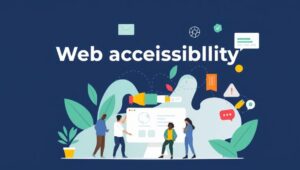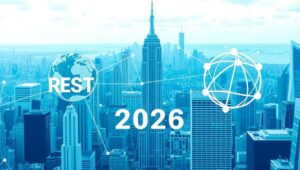May 25, 2025
Secure Coding Practices for the Modern Developer (2025 Essentials)
Secure Coding Practices for the Modern Developer (2025 Essentials) In today’s rapidly evolving digital landscape, security is paramount. As developers, we are the first line of defense against vulnerabilities that can compromise sensitive data and disrupt critical systems. This article outlines essential secure coding practices that every modern developer should adopt in 2025. Why Secure Coding Matters The cost of security breaches is staggering, both financially and reputationally. Neglecting secure coding practices can lead to: Data breaches and loss of customer trust Legal and regulatory penalties System downtime and disruption of services Financial losses due to remediation efforts By prioritizing












